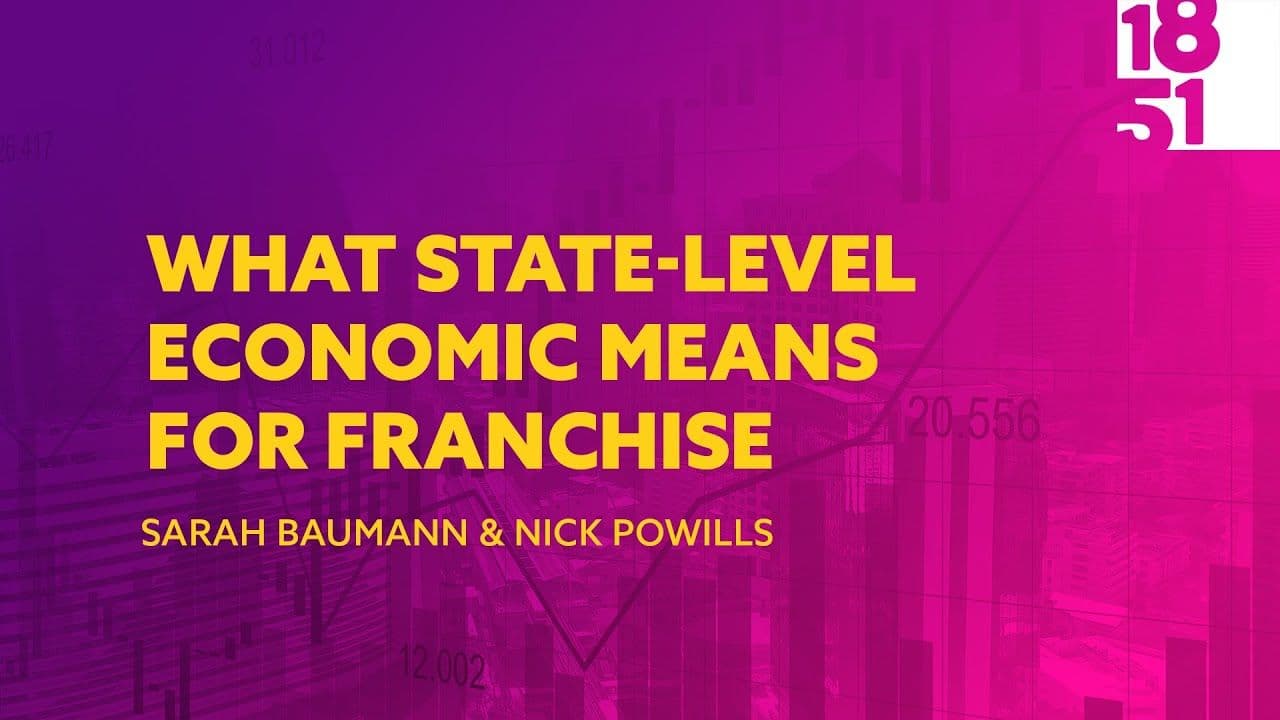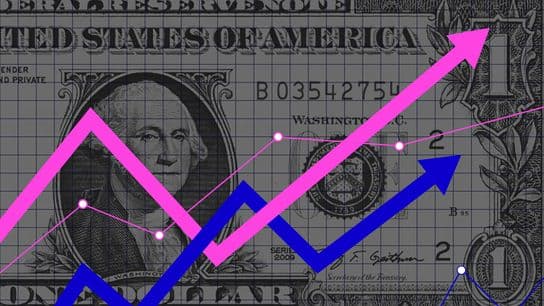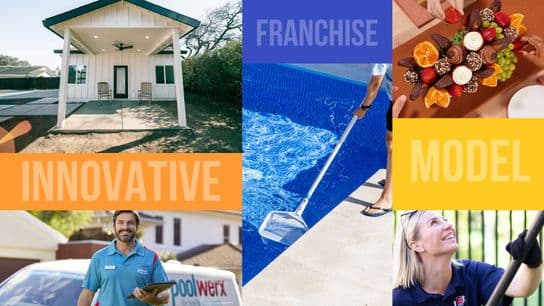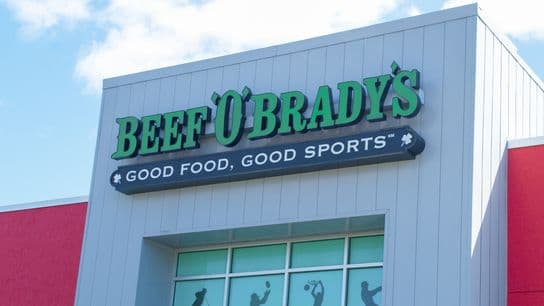What ALEC-Laffer’s State-Level Economic Index Report Means for Franchising
Franchisors can leverage state-level data to better predict financial outcomes of franchisees and create more strategic franchise-growth marketing plans.
This month, 1851 is taking an in-depth look at ALEC-Laffer’s latest “Rich States, Poor States” Economic Competitiveness Index and how it can be useful to franchisors as they expand their footprints. The projections in the report can help businesses determine which states have dynamic economies that can help brands thrive over the next 10 years. In a post-COVID-19 economy, reports like these are of the utmost importance to helping companies determine their greatest odds for survival and growth.
Throughout October, 1851 will be diving into all 50 states and talking to the brands that are growing in each. We’ll take a magnifying glass to the data to help franchisors understand each state’s economic outlook can guide their growth strategy.
ALEC-Laffer’s report, which ranks the economic competitiveness of all 50 states using equally weighted policy variables, features two different rankings: Economic Performance — a retrospective measure based on a state’s performance over the past 10 years — and Economic Outlook — a forecast based on a state’s current standing in 15 state-policy variables. Broadly speaking, the report indicates that states that spend and tax less experience higher growth rates than states that spend and tax more. However, just because a state is ranked low on the outlook index does not mean that franchisors should not expand there — it does mean that the rate in which they expand should be more strategically planned.
The report is of equal importance to potential franchisees who are looking to make a career change in the COVID-19 environment. While these individual state findings are important for entrepreneurs who are looking to start their own business, it shouldn’t discourage them from investing in the franchise of their dreams. If the market is right and a brand solves a problem in that particular market, franchisees can still grow and scale their business with the brand. However, any entrepreneur in states that performed low for outlook should perhaps consider a brand with a low buy-in cost.
Jonathan Williams — ALEC’s Chief Economist and one of the authors of Rich States, Poor States — said the annual report is useful for entrepreneurs looking to start a business because it shows what states have the most competitive economies. A state’s ability to compete “directly affects the ability of individuals and businesses to succeed.” Williams told 1851 that while there are a number of ways to analyze states and their economies, Rich States, Poor States is popular because it considers variables that represent public policy choices that state lawmakers directly control. These variables are likely to continue to be critical for business owners to be aware of as state governments seek to overcome the COVID-19 crisis and the negative impact it has had on the United States economy as a whole.
“With COVID-19 and the government shutdowns of economic activity in many states, policymakers are navigating significant budget imbalances,” said Williams. “These budget debates will lead to discussions around potential tax increases. Already, lawmakers in states like California and New Jersey have introduced proposals to substantially increase tax burdens on businesses and individuals.”
In the end, the right opportunity is the right opportunity. Just because a state is low on the index does not mean a particular brand cannot do well in that region. At the end of the day, it is important for franchisors to estimate all the risks and challenges involved in expansion. Franchisees should feel confident in their investments and decision to join the brand — when franchisors have all the information at hand, they can empower their franchisees to run the best business possible.
So which states fared better than others? For Economic Performance, Texas ranked highest at No. 1. Utah, however, took the lead for Economic Outlook. Though a state’s performance is certainly an important metric for franchisors to consider, outlook is the more important of the two rankings to consider. Find the full outlook rankings below, and check back throughout the month as we link each state to its own in-depth analysis.
- Utah
- Wyoming
- Idaho
- Indiana
- North Carolina
- Nevada
- Florida
- Tennessee
- Oklahoma
- Arizona
- North Dakota
- Wisconsin
- South Dakota
- Michigan
- Texas
- Virginia
- New Hampshire
- Colorado
- Missouri
- Mississippi
- Georgia
- Arkansas
- Alabama
- Delaware
- Kansas
- Alaska
- Iowa
- West Virginia
- Ohio
- Louisiana
- Kentucky
- South Carolina
- Montana
- New Mexico
- Massachusetts
- Nebraska
- Maryland
- Pennsylvania
- Washington
- Connecticut
- Maine
- Oregon
- Rhode Island
- Hawaii
- Minnesota
- California
- Illinois
- New Jersey
- Vermont
- New York









